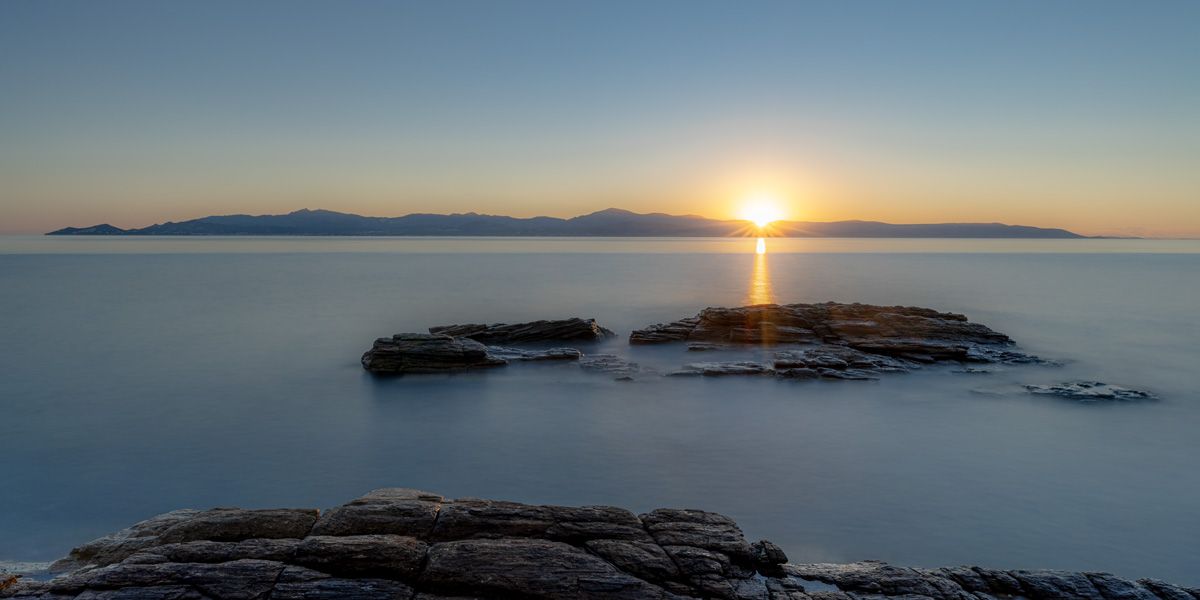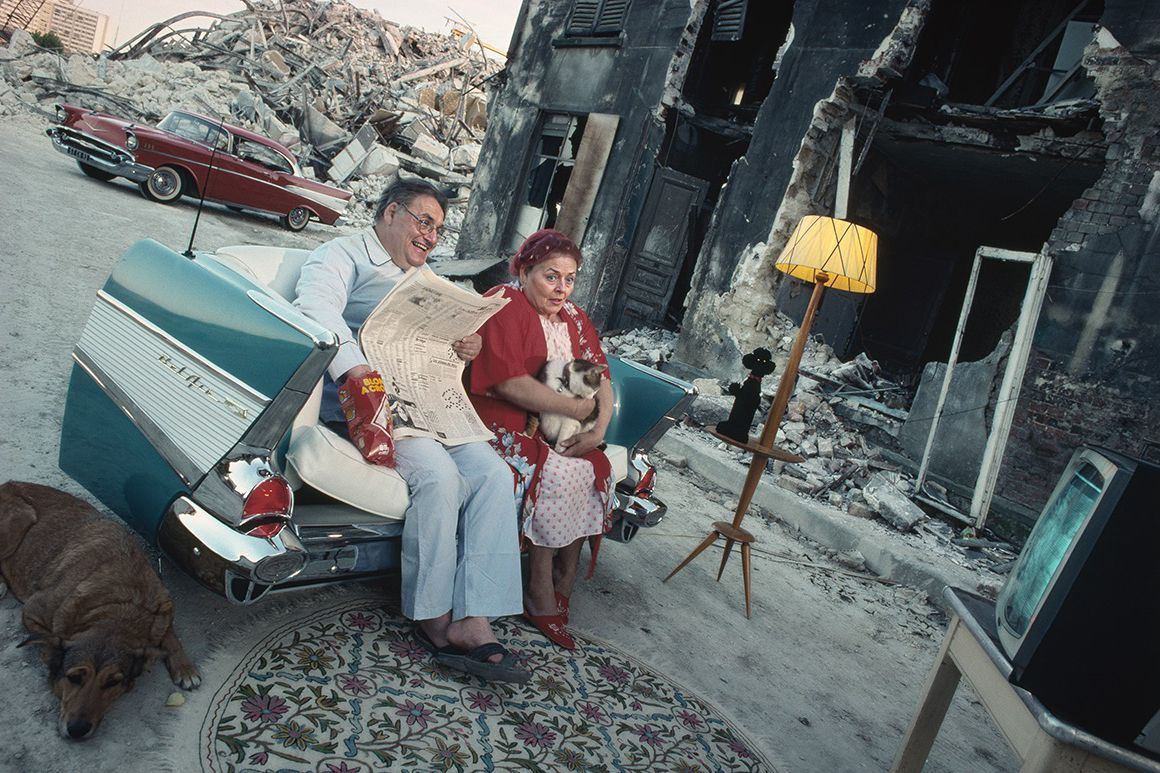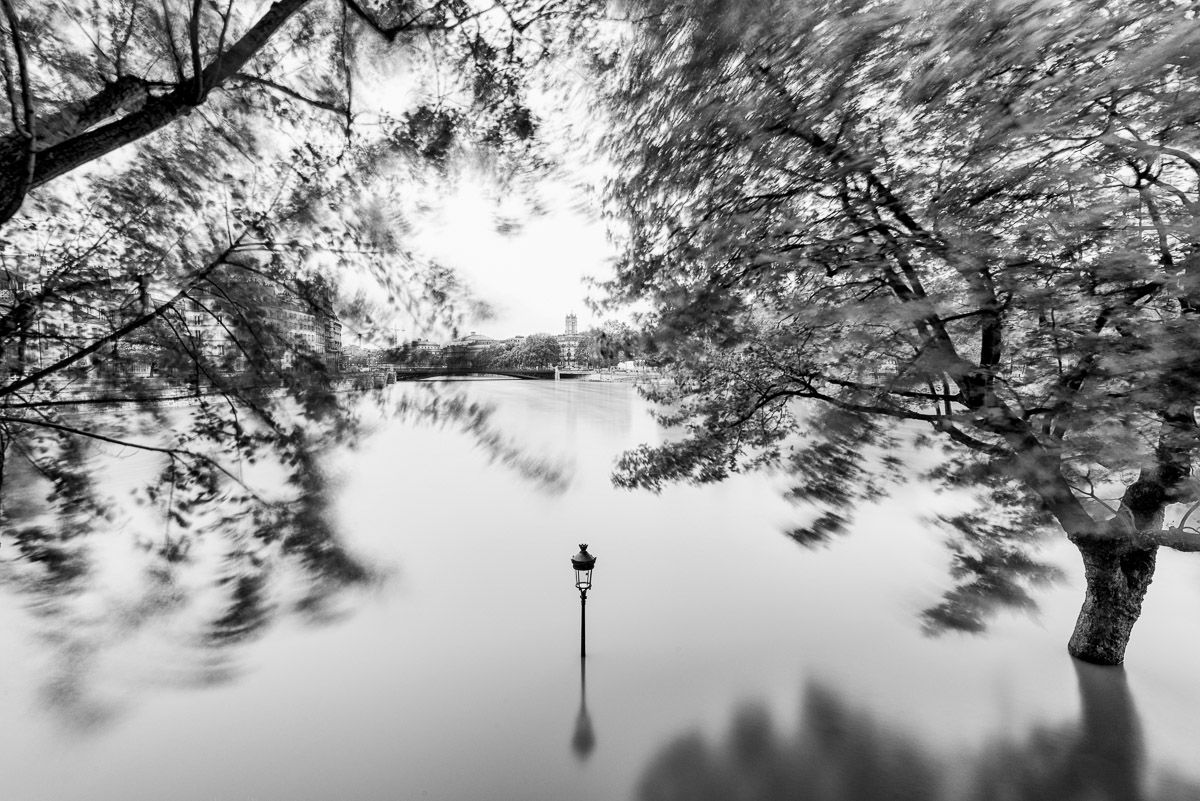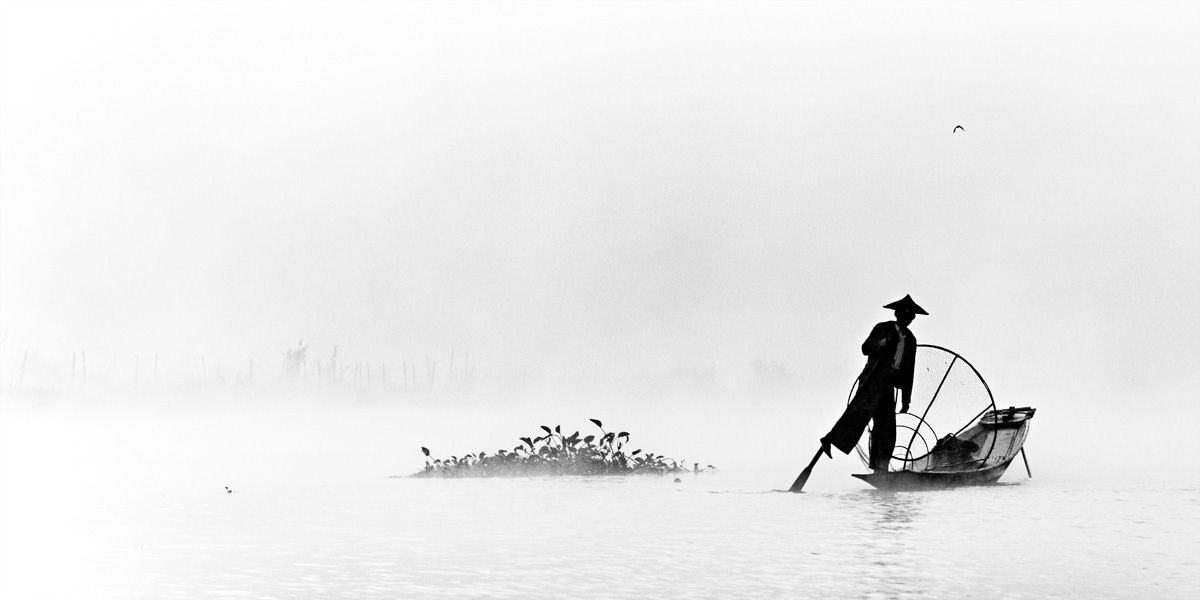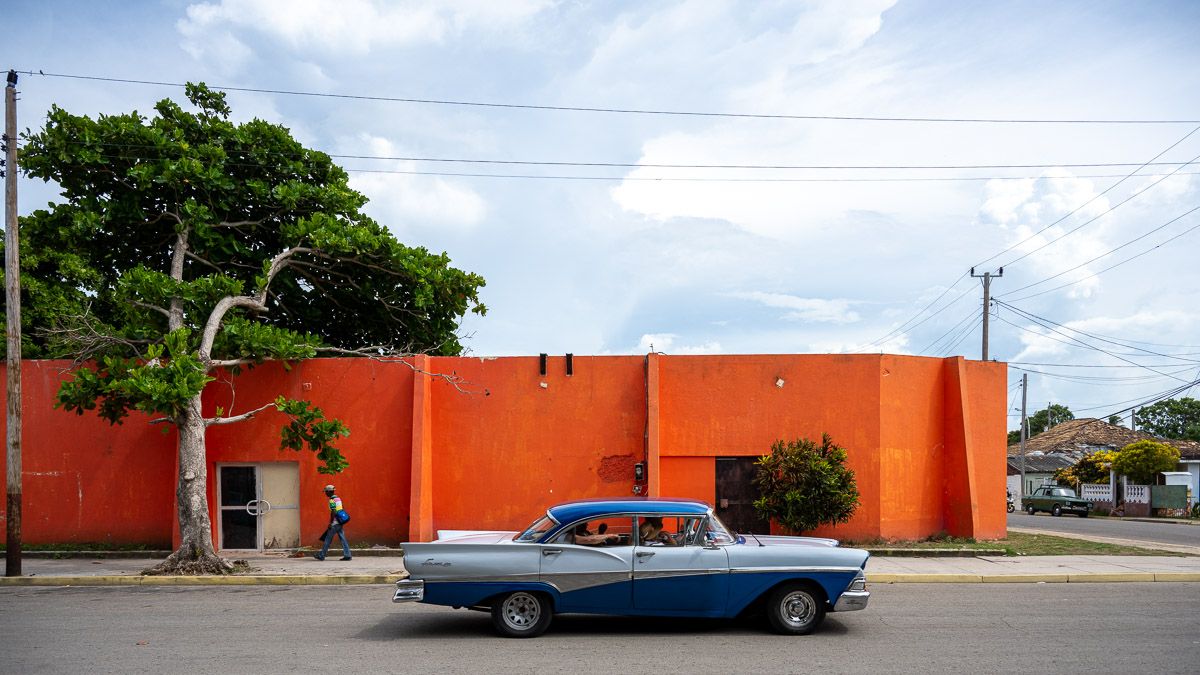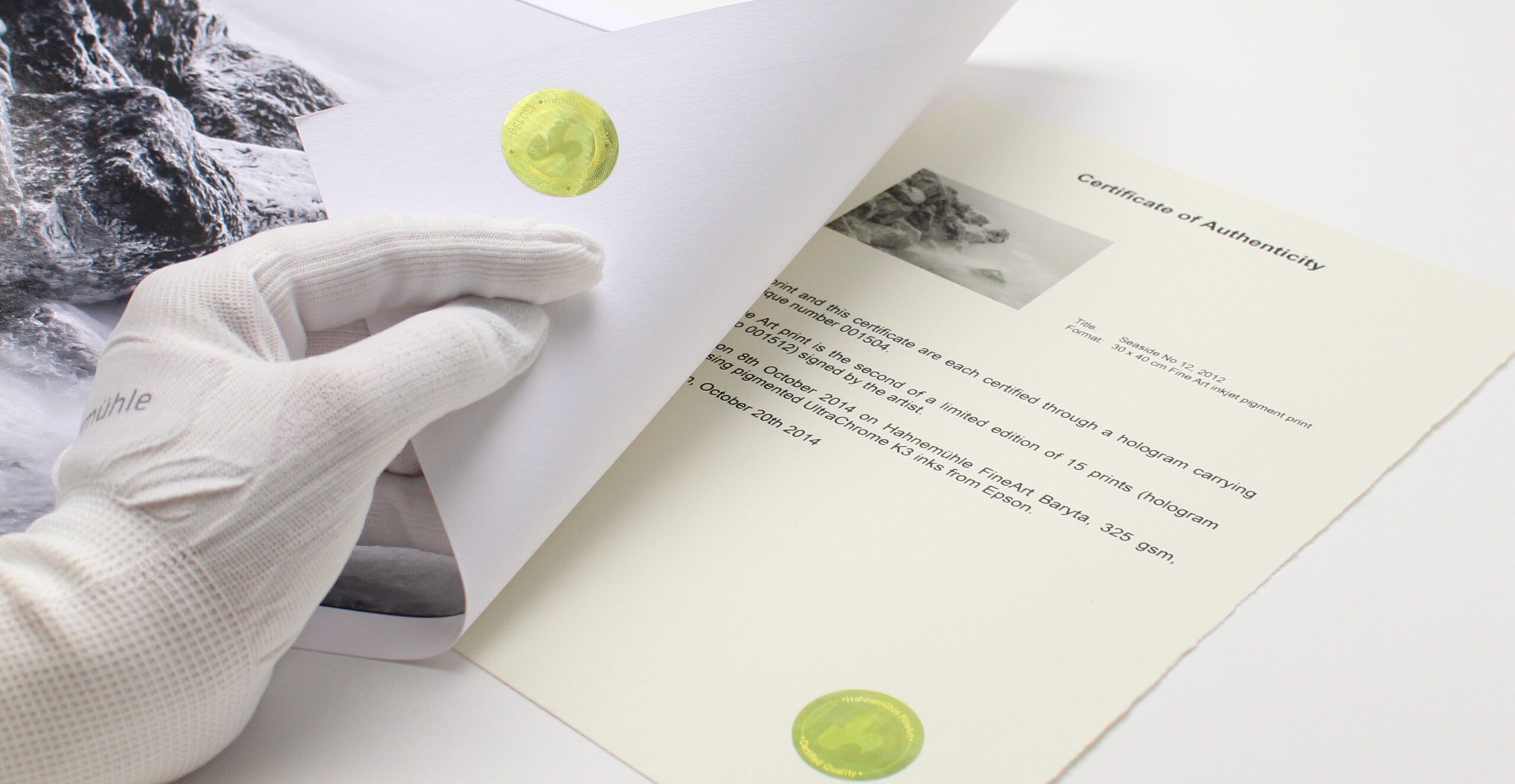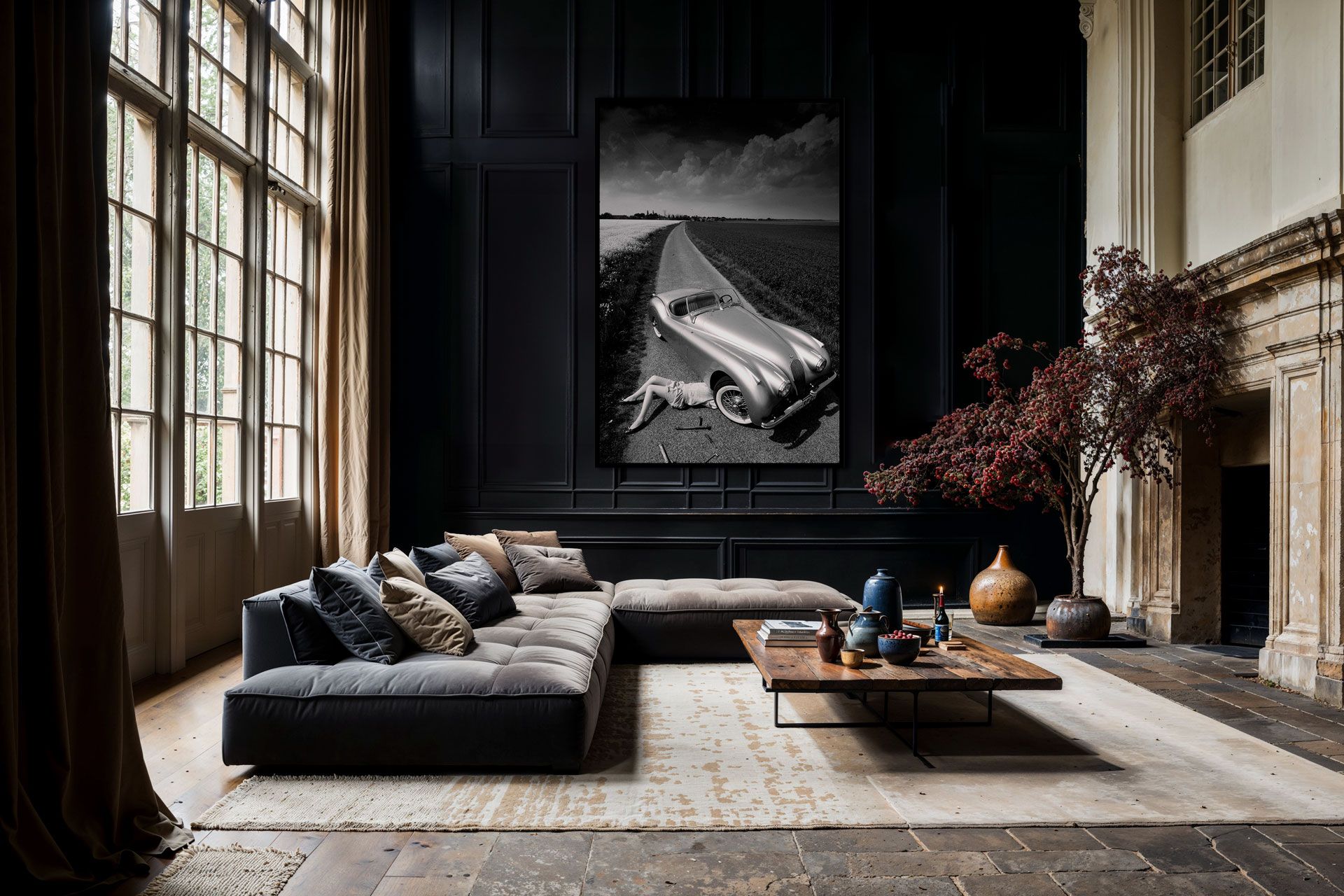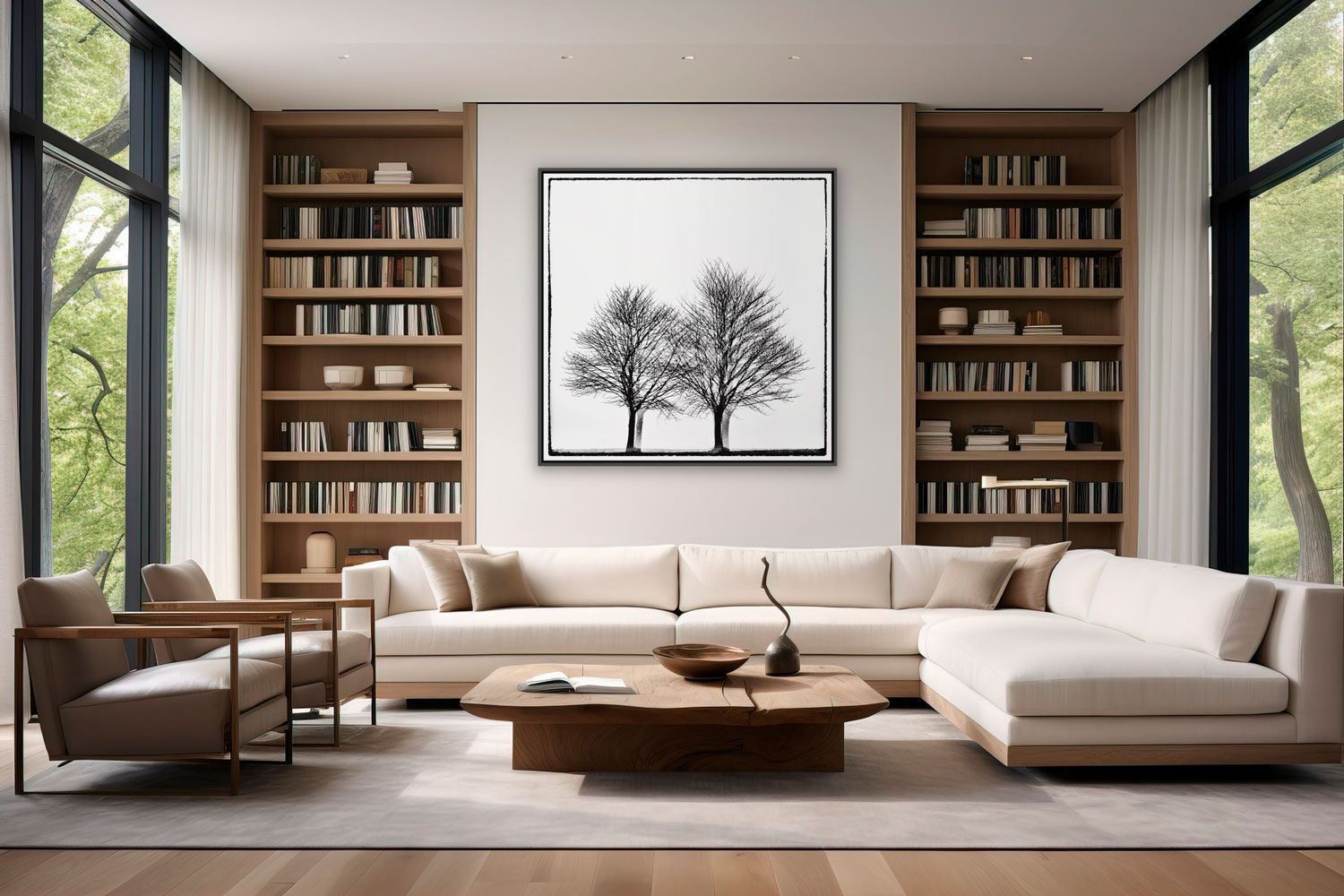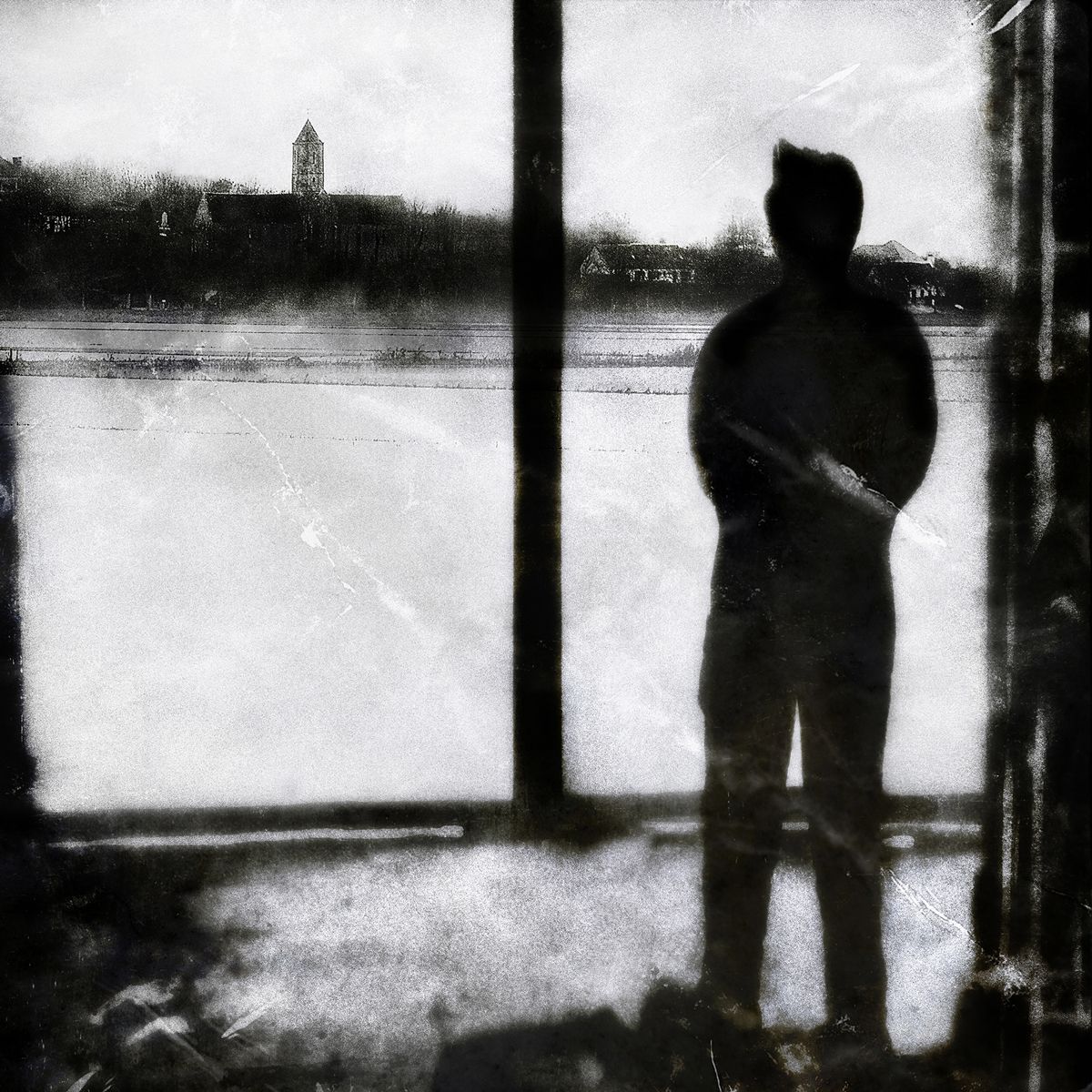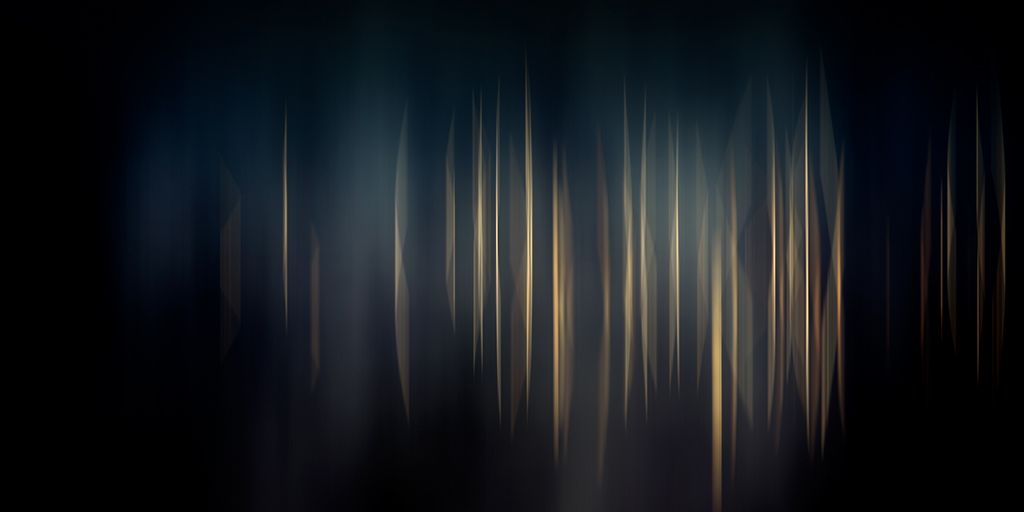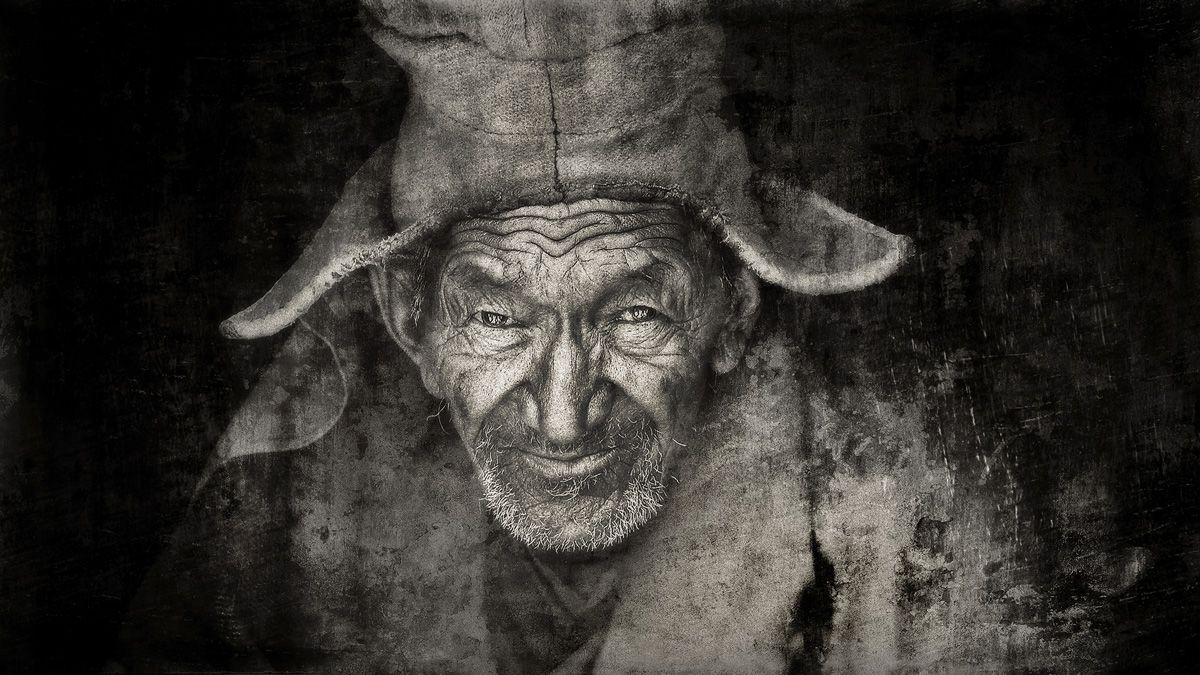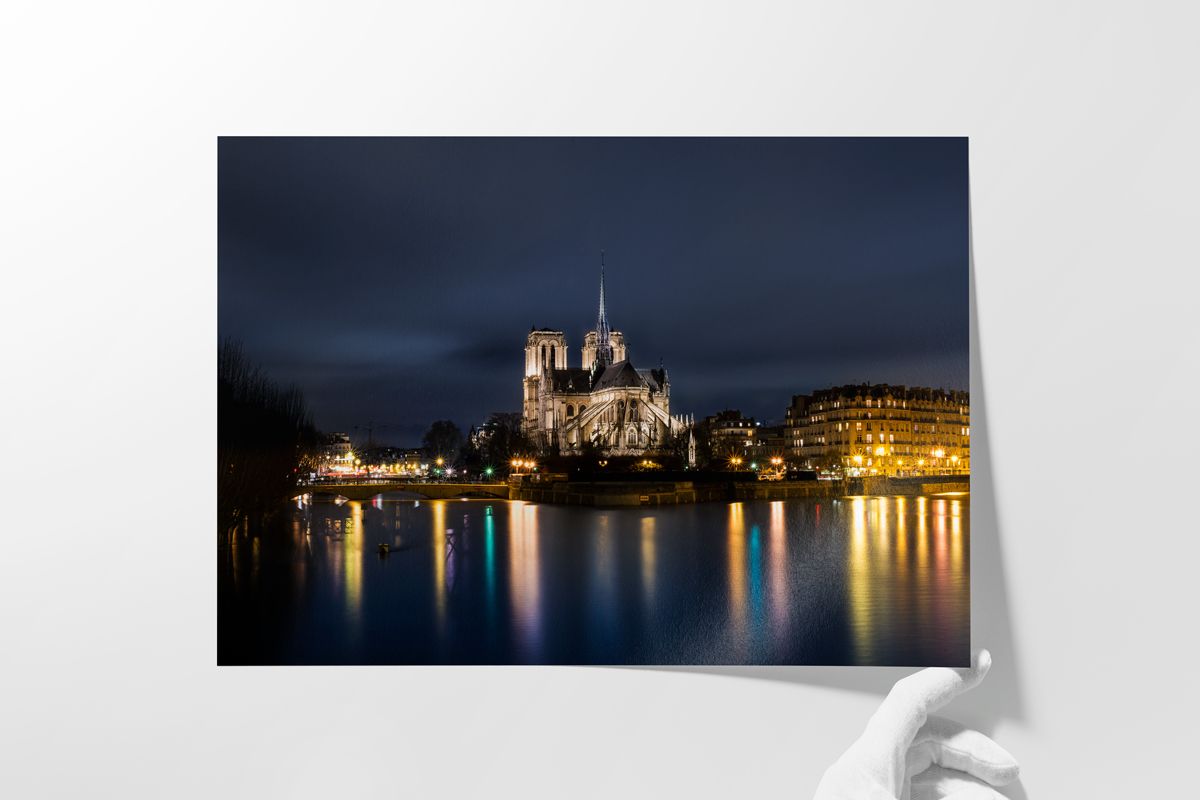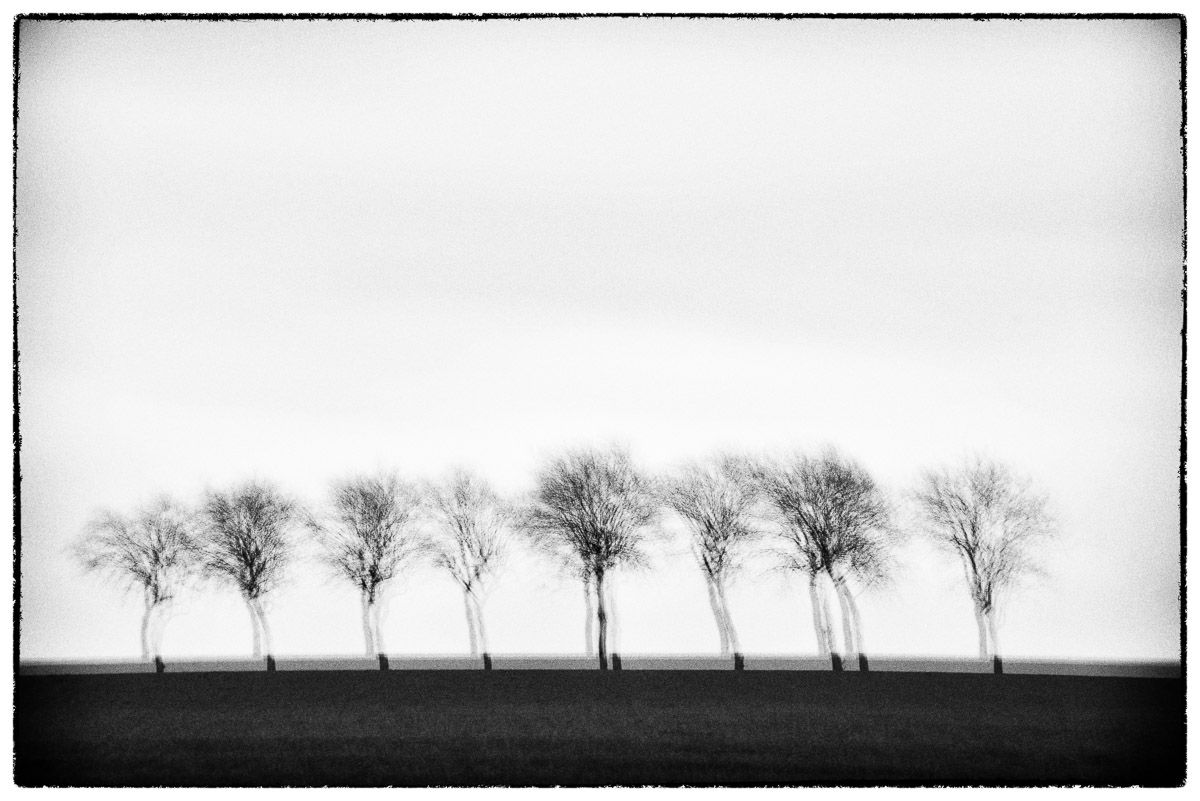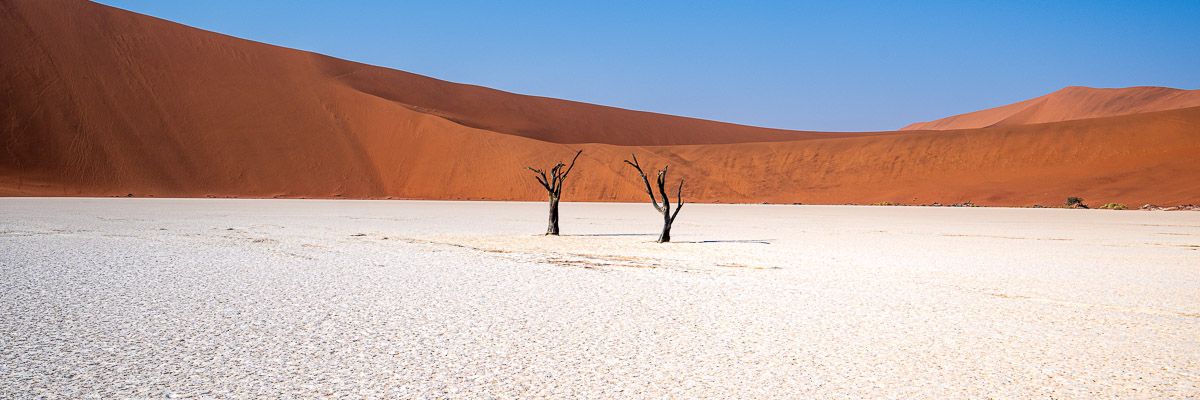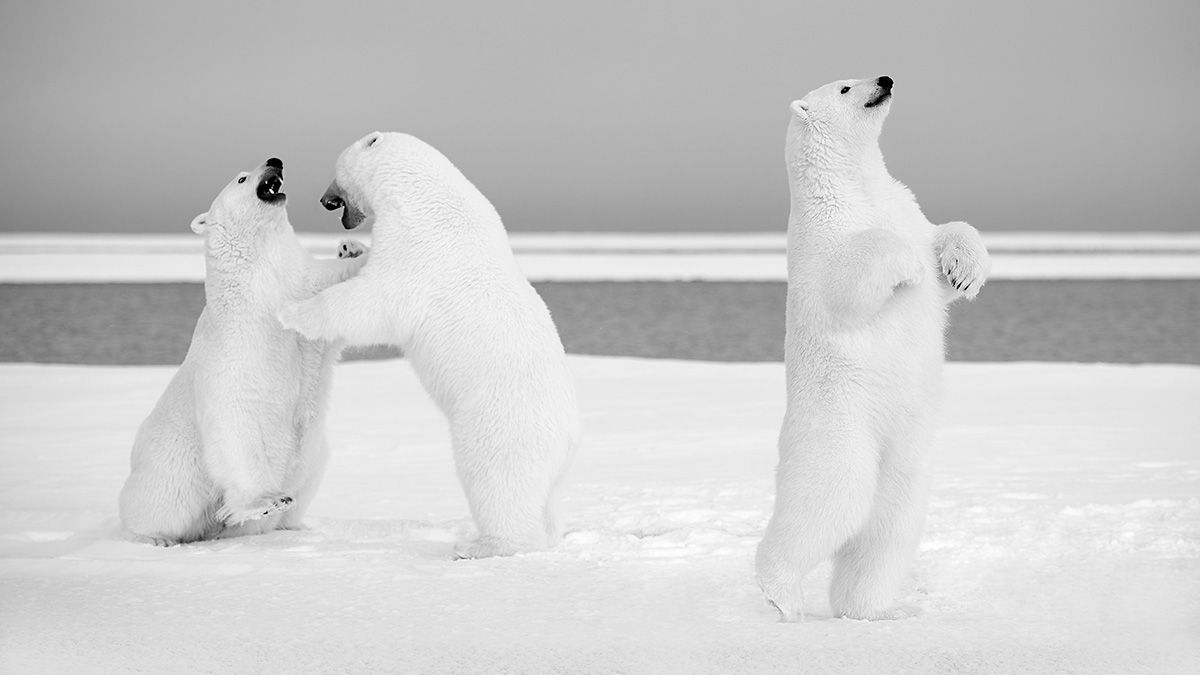Nostalgia – Photo : © Yves Langlois
Discover our collection of fine art photographs dedicated to contemporary architecture, where clean lines and bold designs come to life through the lens of our artists. These fine art prints highlight architectural innovation, modern materials, and geometric forms that define 21st-century architecture. Each photograph is printed in a limited edition of 12 prints, numbered and signed, and comes with a certificate of authenticity guaranteeing its exclusivity.
Why choose a contemporary architecture fine art photograph?
Our contemporary architecture fine art photographs are ideal for decorating modern spaces such as offices, living rooms, or minimalist interiors. They bring a touch of elegance and sophistication while creating an inspiring atmosphere. Whether you are passionate about modern design or looking for a piece to enhance your decor, these fine art photographs will captivate with their unique aesthetic.
How to recognize a fine art photograph?
When observing a photograph, how can you recognize a fine art photograph? The boundary between fine art photography and other forms of photography (utilitarian, documentary, etc.) may seem blurred for many, as it relies on subtle notions of intention, composition, and artistic expression. Rather than a strict binary opposition, it is often a continuum where approaches intersect. In this article, we will explore the characteristics of fine art photography and place it in relation to other photographic practices, from their distinct purposes to their place in the contemporary art world.
Definition and Characteristics of Fine Art Photography Compared to Other Approaches
What is Fine Art Photography?
Fine art photography is defined as a form of visual expression in which the author uses photography not to document reality, but to convey a vision, an emotion, or a personal idea. Unlike utilitarian photography (advertising, journalistic, family…), it is created with a clear artistic intent.
It is based on a creative intention, an aesthetic pursuit, and a deliberate subjectivity. The artist chooses framing, lighting, composition, and printing techniques not to faithfully represent reality, but to interpret, transcend, or question it.
In France, a legal definition exists: an artistic photograph must be taken by the artist, printed under their supervision, signed and numbered within a limit of thirty copies, across all formats and media.
This artistic intent allows the photographer to explore their creativity and share a personal vision of the world through their images. This personal expression transforms a simple shot into a work of art through technical mastery serving the subject’s interpretation.
Utilitarian, Documentary, and Other Approaches
Other forms of photography primarily aim at the faithful reproduction of reality, favoring accuracy and objectivity in subject representation. This is the case for documentary photography, reportage, scientific photography, and many commercial applications. They aim to document the world as it is, without necessarily seeking to convey a personal vision or artistic message beyond the information.
Comparison Table: Fine Art Photography vs. Other Approaches
| Characteristic |
Fine Art Photography |
Utilitarian / Documentary Photography |
| Main Objective |
Express a personal artistic vision, an emotion, or a concept |
Faithful reproduction of reality, documentation, information |
| Author’s Intention |
Central, personal expression and creativity |
Less central, focus on objectivity and accuracy |
| Image Treatment |
Creative techniques, interpretation, sometimes artistic retouching |
Minimal, faithful reproduction, retouching aimed at clarity/correction |
| Evaluation Criteria |
Originality, emotion, concept, aesthetic, author’s vision |
Sharpness, exposure, clear composition, fidelity to subject/information |
| Use Cases |
Exhibitions, galleries, private collections |
Reportage, commissioned portraits, documentation, advertising, scientific photography |
It’s important to note that this distinction is not always rigid, and many photographic works lie on a continuum between these poles.
The Evolution of the Boundary Between Art and Photography
The pictorialism movement, born around 1890, was key to the recognition of photography as an art form by demonstrating its aesthetic potential beyond mere mechanical capture. The history of fine art photography is closely tied to the evolution of artistic movements that influenced it. Pictorialists championed the artistic legitimacy of photography, then considered an inferior mechanical technique compared to the Fine Arts. They emphasized human intervention in photographic creation, aligning photography with the ideals of classical painting. Exhibitions and specialized journals played a major role in legitimizing pictorialism as a recognized artistic movement.
The Artistic Intent at the Heart of the Photographic Process
If technical mastery is fundamental for any photographer—whether artistic, journalistic, or portrait—the distinctive feature of fine art photography lies in how technique is placed in the service of a singular vision and intent.
Composition and Light Serving Interpretation
Composition and lighting are essential tools for structuring the image and directing the viewer’s eye. In fine art photography, these elements are deliberately used to shape the interpretation of the subject, create a specific atmosphere, and reinforce the message or emotion the artist wishes to convey. The framing, arrangement of shapes, and play of light and shadow aim not only for clarity but for the expression of a personal vision.
Visual Storytelling and Message
Fine art photography often stands out for its ability to construct a visual narrative or challenge reality. The artist consciously builds a visual story through a single image or a series, inviting the viewer to engage beyond simple descriptive observation. The narrative or conceptual dimension enriches the work with interpretive depth, which constitutes the very essence of artistic expression.
By contrast, documentary or utilitarian photography generally aims for accurate information or faithful testimony. Whereas the artistic approach seeks to transmit emotions and concepts through personal interpretation, the documentary approach strives for accuracy and objectivity (although, as we will see, pure objectivity remains a complex notion in photography).
Contexts and Uses of Different Photographies
Exhibition and Distribution Spaces for Fine Art Photography
Fine art photography is primarily showcased in museums, galleries, and specialized festivals where it is valued for its artistic dimension.
The institutional recognition of photography as a full-fledged art form has transformed exhibition spaces since its official presentation in 1839. Galleries like Agathe Gaillard and Samia Saouma played a crucial role in promoting artistic photographic works. The Centre National des Arts Plastiques regularly acquires photographs to enrich its collections, demonstrating the complete integration of this medium into the art world. The presentation of the daguerreotype to the Academy of Sciences marked the beginning of a gradual valorization of photographic images in cultural institutions.
Commercial and Documentary Purposes (Other Approaches)
Photographs with a documentary or utilitarian aim are mainly used in areas requiring a faithful reproduction of reality, notably information (press, reportage), scientific documentation, illustration, or commercial communication.
However, certain sectors such as fashion and advertising create an interesting intermediate zone where the artistic approach enriches the commercial process. Fashion photographers can transform a simple shot into a true work of art while serving their clients’ interests. Aesthetic becomes a powerful marketing tool alongside the message itself. The boundaries between artistic creation and commercial photography particularly blur in high-end advertising campaigns where the poster aspires to the status of contemporary art.
Cultural and Market Value
The value of a fine art photograph on the art market is built around several criteria such as the rarity of the print, the artist’s reputation, the originality of the approach, and the relevance of the work in art history. Limited, signed, and numbered prints with a certificate of authenticity (“fine art prints“) are key factors in this valuation. The work of galleries is crucial in establishing the reputation of photographic artists through exhibitions and promotion to institutions and private collectors. The fine art print market has been structured by combining the idea of artistic expression with that of collection.
Documentary or historical photographs have invaluable cultural and historical value as witnesses of the past, but their market value on the art market is generally different, based on other criteria (historical importance, rarity of the document, etc.).
Cultural and Historical Heritage
Documentary photographs play a fundamental role as visual witnesses of the past, preserving the collective memory through historical documents.
Fine art photography, on the other hand, fits into major artistic movements by continuously exploring new visual aesthetics. It establishes an ongoing dialogue with other forms of expression such as painting, sculpture, or cinema, creating bridges between disciplines. Even when pursuing a purely aesthetic approach, fine art photography remains anchored in its time and often reflects social and cultural concerns, although the approach differs from that of documentary photography.
Retouching: A Tool for Artistic Expression?
Unlike documentary or commercial photography, where retouching often aims to subtly correct or enhance the reality (remove an unwanted element, adjust colors for fidelity), in fine art photography image manipulation can be an accepted creative act. It may serve to transform reality, create surreal effects, or express an emotion or concept that wouldn’t be possible through simple capture alone. Retouching thus becomes an integral part of the artistic process.
Major Artists and Representatives of Different Approaches
The Pioneers of Photography
Nicéphore Niépce is considered the inventor of photography with his first image “View from the Window at Le Gras” created in 1826, establishing the technical foundations of this emerging medium. The evolution toward artistic recognition owes much to the pictorialist movement that emerged around 1890, advocating fiercely for the artistic legitimacy of photography, which was then considered merely a mechanical technique unworthy of Fine Arts.
Masters of Documentary and Artistic Photography
Many photographers illustrate the diversity of approaches:
| Typical Approach |
Artist |
Iconic Work |
Description in this context |
| Artistic |
Man Ray |
Le Violon d’Ingres
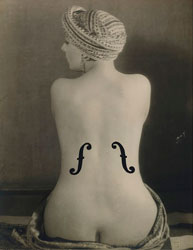 |
Surreal transformation of a female nude into a musical instrument, expression of an idea. |
| Documentary/Social |
Dorothea Lange |
Migrant Mother
 |
Iconic portrait documenting the distress during the Great Depression, with strong emotional impact but a primary documentary intent. |
| Artistic |
Andreas Gursky |
Rhein II
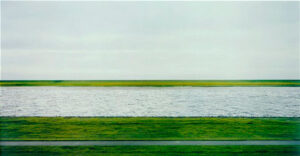 |
Digitally altered landscape to create an abstract and minimalist composition, questioning the perception of reality. |
| Historical/Reportage |
Joe Rosenthal |
Raising the Flag on Iwo Jima
 |
War photograph capturing a historic moment, documenting a crucial event. |
Contemporary Photographers: Blurring the Lines
Many contemporary photographers push the traditional boundaries between practices. Artists like Thibaut Brunet, who uses 3D scanning technologies to create digital landscapes, or Noémie Goudal, known for her photographic installations, explore new avenues of expression that blend techniques and challenge the very nature of the image. The rise of digital technology has greatly expanded possibilities, enabling hybridizations and manipulations once unimaginable, opening new fields of artistic expression for fine art photographers.
Portrait and Landscape: Genres with Multiple Approaches
Portrait and landscape photography especially reveal the difference in intention between photographic approaches. A portrait can be a simple ID photo (utilitarian), a family memory (personal), or an artistic work exploring identity, emotion, or a concept tied to the subject (artistic). Similarly, a landscape can be a faithful topographical view (documentary), a postcard (commercial), or an artistic piece expressing the author’s sensitivity toward nature, questioning our relationship with the environment, or using the landscape as a medium for reflection (artistic).
To illustrate the diversity of fine art photography, feel free to explore our fine art photography collections.
In summary:
- Documentary or utilitarian photographers prioritize faithful reproduction of reality to inform or document, while artists explore their personal vision to question or move audiences.
- Retouching in a utilitarian context seeks clarity and fidelity, while in fine art photography, it can be a tool for transformation and expression.
- These different intentions are visually manifested in their respective works, but technical mastery is a prerequisite for all photographers.
Evaluation and Appreciation Criteria
Criteria for Judging Fine Art Photography
The evaluation of fine art photography primarily relies on its ability to express an emotion, convey a message or a personal vision, and its originality.
The artist’s intention is a central element. The originality of the approach, the relevance of the concept, the strength of the emotion generated, and the overall aesthetic of the work are crucial. The context in which a photograph is created also influences its reception, positioning the work within its era and artistic movement. The narrative surrounding a photographic image can be essential to its understanding, especially for conceptual creations where explaining the approach enriches the viewer’s experience. The quality of the fine art print (support, format, finish) is also part of the physical work’s evaluation.
Technical Evaluation and Fidelity (Other Approaches)
Photographs intended for documentary or utilitarian use are primarily assessed based on objective technical criteria such as sharpness, correct exposure, the quality of the information conveyed, and faithfulness to the subject. In these domains, clarity, image readability, and precision of detail are essential. The criteria vary by genre: a commissioned portrait emphasizes fidelity to the model’s features and good presentation, while a scientific photo demands absolute documentary precision.
Reception and Interpretation by the Public
The expectations of the public differ greatly between fine art photography and documentary photography. Fine art invites personal interpretation, contemplation, and evokes various emotions or reflections. Documentary photography is expected to deliver clarity, descriptive accuracy, and informative value. Artistic education can play a role in enhancing appreciation for fine art photography by helping viewers understand references and the artist’s intentions.
The Debate on Artistic Value
Despite its growing recognition, photography has long struggled for its artistic legitimacy. Even today, debates persist over the classification and artistic value of some photographic practices, particularly with the emergence of new technologies that constantly transform the medium. Nonetheless, the perception of photography has profoundly evolved within artistic institutions, shifting from a mere mechanical technique to a full-fledged artistic medium.
Personal Approaches and Photography Philosophy
The Photographer’s Intention and Vision
Whether it’s an artist seeking to express a vision of the world or a photojournalist documenting an event, the intention is the driving force behind the shot. In fine art photography, this intention is explicitly oriented toward the expression of a singular vision, making the image a reflection of the photographer’s personality and sensitivity. Developing an “author’s vision” or a “visual signature” is at the heart of the artistic process.
Objectivity and Subjectivity in Photography: A Continuum
Photography is never entirely objective. Even in its most documentary form, the simple choice of framing, shooting moment, distance, or angle introduces an element of subjectivity. Every photograph exists somewhere along a continuum between objectivity and subjectivity. Documentary photographers strive to minimize subjectivity to prioritize faithfulness to reality, while fine art photographers fully embrace subjectivity as a source of expression.
Engagement and Message in Photography
Photography has a remarkable potential as a vehicle for engagement and message, whether in artistic or documentary domains. A photo reportage can denounce injustice (committed documentary intent), and a fine art photograph can explore social or political themes with a metaphorical or symbolic approach (committed artistic intent). Although the treatment of the subjects differs, the desire to convey a powerful message is often present in both cases.
Authenticity and Manipulation: Shifting Boundaries
The debate over acceptable limits of retouching or manipulation varies greatly depending on the context. In photojournalism, ethics generally impose minimal manipulation to ensure the testimony’s authenticity. In fine art photography, digital or analog manipulation can be a legitimate tool serving the artist’s vision, creating images that transcend or question reality. Expectations regarding authenticity thus differ depending on whether one follows a documentary or artistic approach.
FAQ
What are the different types of fine art photography?
Fine art photography encompasses a wide variety of genres and approaches. Among the classic genres revisited with an artistic intention are portrait, landscape, and street photography. But it also includes conceptual and abstract approaches, installations, performance-based works, or creations using new technologies (such as AI). It is less about fixed genres than about how the photographer approaches the subject with a creative intention.
How is fine art photography valued in the market?
The valuation of fine art photography is influenced by the reputation and recognition of the artist, the originality and rarity of the work (especially the limited and numbered editions), its history (provenance, past exhibitions), and its conservation state. The significance of the work in the history of art and its conceptual relevance also play an important role.
How is AI influencing current fine art photography?
AI is opening new creative possibilities for fine art photographers, allowing them to generate images from text, to modify or enhance photos in new ways, and to explore innovative artistic styles. It is becoming an additional tool, just like the camera or editing software, to express an artistic vision and push the boundaries of the medium.
What is the impact of fine art photography on society?
Fine art photography, like all forms of art, has a profound impact on society by stimulating reflection, provoking emotions, offering new perspectives on the world, and contributing to cultural dialogue. It can indirectly document the spirit of the times, challenge norms, or simply offer an aesthetic experience that enriches our perception of reality.
